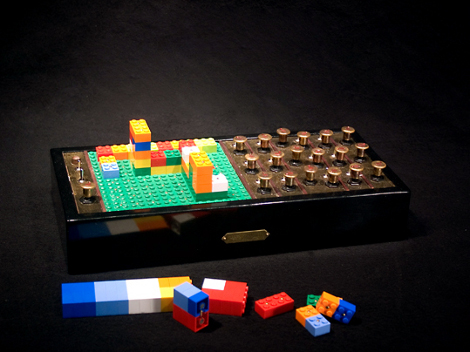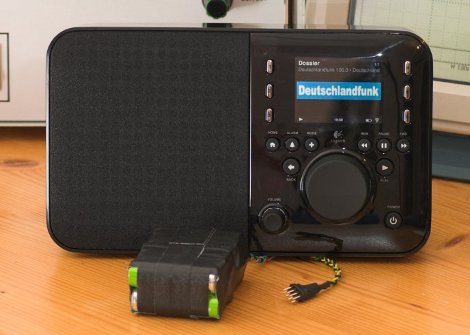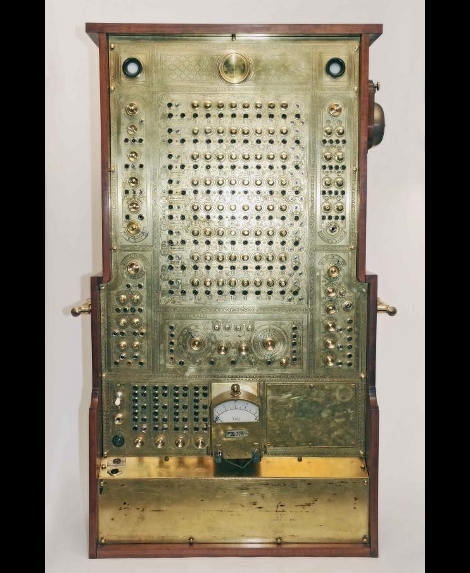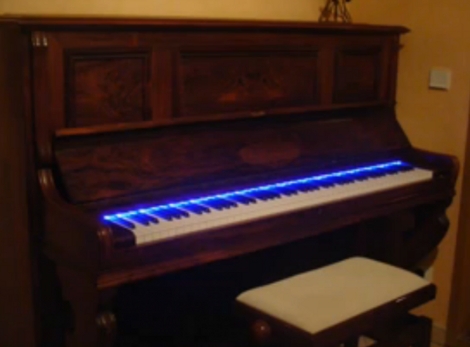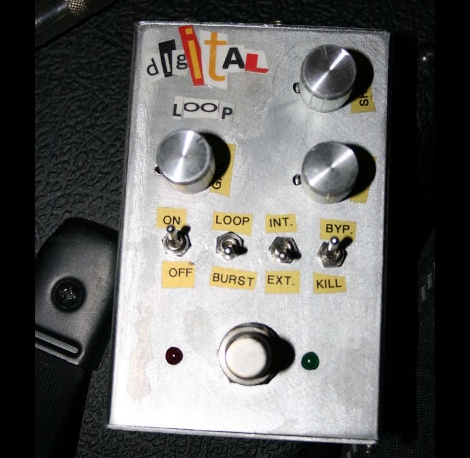
This guitar pedal can record, playback, and modify samples. [Colin Merkel], also know for his work on electronic door locks, built this to replicate some guitar effects he heard in recordings. By tapping the button at the bottom with your foot the device begins recording. Another tap stops the recording and starts the loop. That’s where the rest of the controls take over, with settings to adjust the speed of playback, volume, and the type of playback looping. The video after the break gives a great demonstration of these features.
[Colin] built this around a PIC 18F877A with a 256k RAM chip to store the sample. There’s a bunch of other components that go into this and we’re dumbfounded that he built it on protoboard. This would be a multi-breadboard prototype for us and we wouldn’t think twice about laying out and etching our own PCB. He admits that the point-to-point soldering stretched his skills to the limit but he doesn’t say how many hours it took to get the circuit up and running. This is a great addition to the cool guitar pedals we’ve seen here.
Continue reading “Looping Foot Pedal” →

